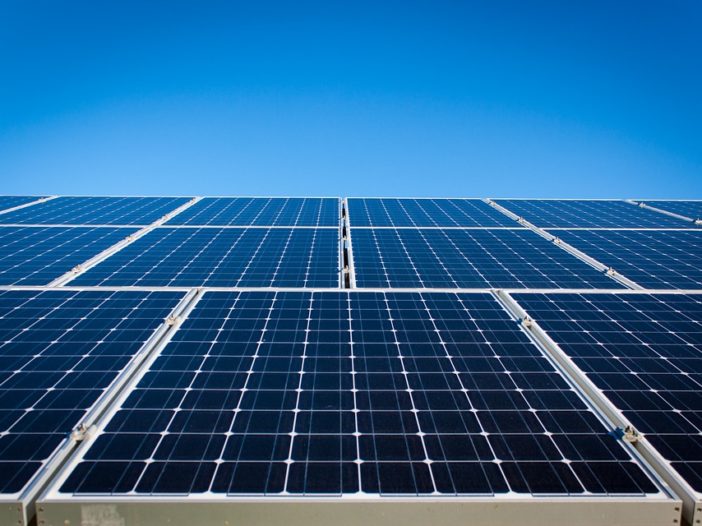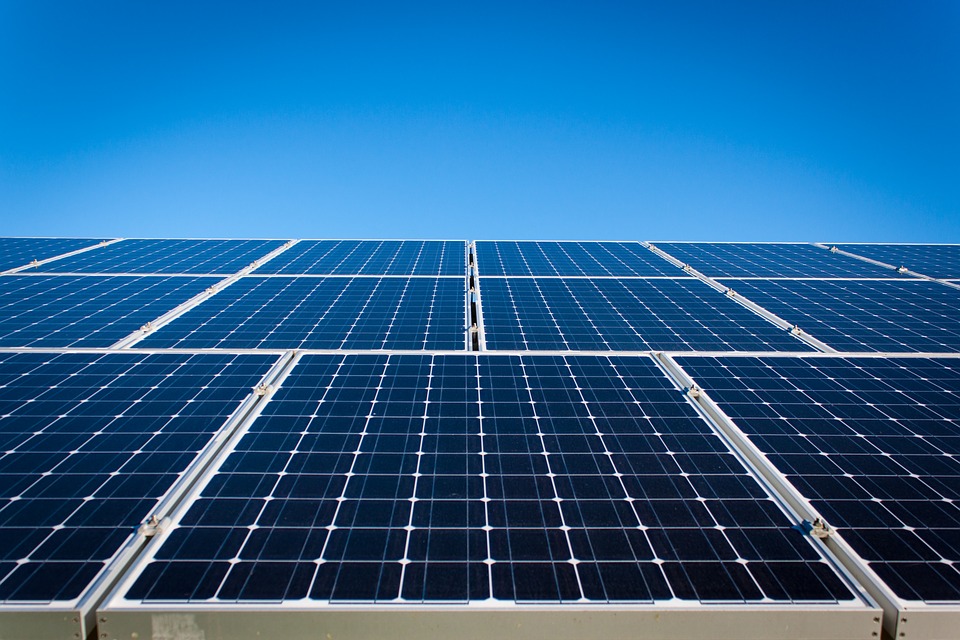

A week is a long time in energy politics.
After seven days that started with a triumphant Turnbull crowing about his party’s support for the National Energy Guarantee, and ended with the NEG in tatters and a narrowly foiled leadership spill, it’s safe to say energy market certainty remains a distant dream.
But what does all this mean for Australia’s booming rooftop solar market?
At this stage of the game, the fate of the federal rooftop solar rebate – the Small-scale Renewable Energy Scheme – is still undecided.
But after Malcolm Turnbull’s dumping of the emissions pillar of the NEG on Monday, and refocus on the recommendations of the Australian Competition and Consumer Commission, an early wind-up of the SRES can not be ruled out.
Particularly considering it is now plain that the Prime Minister is beholden to every whim and fancy of the LNP’s right wing, which would like both large- and small-scale renewable schemes to be stopped in their tracks.
As we have reported, ending the SRES nearly a decade early – in 2021, instead of 2030 – was part of a package of recommendations by the ACCC, from its review of the Australia’s “broken” and inflated electricity market.
It argues that the case for a subsidy for small-scale solar installations is now weak, because the cost of the technology has fallen, and that removing the SRES would save an average residential customer in the NEM $15–30 per year.
But as Green Energy Trading analysts Ric Brazzale told One Step last week, any consumer savings from scrapping the scheme early would be well and truly eclipsed by the added costs to consumers wishing to cut their bills by installing solar.
“The effect of scrapping the SRES by 2021 (as recommended by the ACCC) is to dramatically reduce the economics of solar PV at a time when the wholesale price of electricity and the export value (feed-in tariff) are also expected to reduce,” he said.
“The typical cost of a 5kW residential system will increase by $2,750 (45 per cent). This will lead to a three to four-year increase in the number of years that a system will take to pay back its capital.”
So where does rooftop solar stand now, as Turnbull hangs on to his leadership by a thread?
In a snap webcast briefing on Monday, the Smart Energy Council warned that the industry and consumers should be prepared for a fight.
“The (federal) government has said it will pursue any recommendations that would lower power bills,” SEC CEO John Grimes said.
“And there are all sorts of mad permutations that are coming from that,” he added – including calls for the end of the SRES, both in mainstream media and industry incumbents.
Meanwhile, the Victorian Labor state government threw in its own curve-ball on the weekend, pledging $1.2 billion in rebates and no-interest loans to install rooftop solar on more than 650,000 homes across the state.
As we reported, the announcement by Daniel Andrews – coming three months ahead of a state election and amid energy policy turmoil in the federal arena – will aim to install an extra 2.6 gigawatts of rooftop solar, accelerating what most people in the industry as the inevitable switch to distributed generation.
But the SEC was not entirely impressed by this political play, either, describing it on Monday as more “policy on the run,” and suggesting it does little to stop rooftop solar from being used as a political plaything.
“The Victorian government announcement (on rooftop solar) will highlight the issue for the people in the far right, and has the potential to strengthen their determination to scrap the SRES,” said Grimes on Monday.
“It’s a new line of attack – rooftop solar is the enemy and needs to be wound back.”
But how would this be done? As flagged by the ACCC, the SRES could be wound back in a number of ways, says Grimes.
“The way the scheme works is that from the date of installation, the amount of energy generation is calculated and the STCs (small-scale technology certificates) are created upfront, so they effectively create a discount on the upfront cost.
“The government could scrap it, or change the ceiling price (of the STCs), or decrease the deeming period (which is currently from the date of install, to 2030).”
Either way, says Grimes, there is a formal process that would need to be followed for any of these options to be implemented.
“They would need to signal that they’re looking to make this change…. they would have to table (their plans) and if there’s no objection, then they become law.
But “because next year’s target is locked in until February, and because new (forward) calculations (for the following year’s target) begin in November,” Grimes says there is time to fight back.
“We’ve actually been here before,” he said. “When it was first elected, this federal government sought to completely abolish the RET and the SRES.
“Nothing is inevitable, we do have the ability to apply pressure. …The stakes have never been higher, but the opportunity to do something, and (challenge them on this) has also never been greater.”
Why? Because among Australian households and businesses, generating your own electricity using solar PV has never been more popular.
In June, small-scale solar systems installed by Australian homes and businesses passed the three million-mark, with one in five homes now generating their own power. For the first six months of 2018, installations are almost equal to the total sub-100kW installation tally for the whole of 2015 or 2016 – and we’re also 50 per cent ahead of the same time last year.

As Warwick Johnston, PV analyst from Sunwiz, noted last week, it would be a bold federal government that would scrap a scheme supporting a technology that is so clearly so popular with voters.
“I think they’d be cutting themselves off at the knees if they tried to do anything (like that), particularly this close to an election,” Johnston said on the Solar Insiders Podcast with Giles Parkinson and Nigel Morris.
And this is what gives Grimes and the SEC hope for rooftop solar, too.
As he notes, we have been here before. And when it happened the first time around, the SEC (then called the Australian Solar Council) mounted a campaign targeting marginal federal seats, and threatening to use its influence among solar households to switch votes if necessary to push for strong solar and renewable energy policies.
“You can’t educate people like (Tony) Abbott and (Peter) Dutton (on solar and how it pushes down prices),” Grimes said on Monday. “They’re not interested.
“It’s brute politics that’s going to move our politicians. The far right needs to be absolutely smashed at the polls. Because that is the only way that political parties will actually reform and change.
“We were filling halls on this issue,” said Grimes, recalling the ASC’s rooftop solar campaign back in 2016. “If they want to take on rooftop solar again, bring it on. It’s political kryptonite.”

Sophie is editor of One Step Off The Grid and deputy editor of its sister site, Renew Economy. Sophie has been writing about clean energy for more than a decade.



